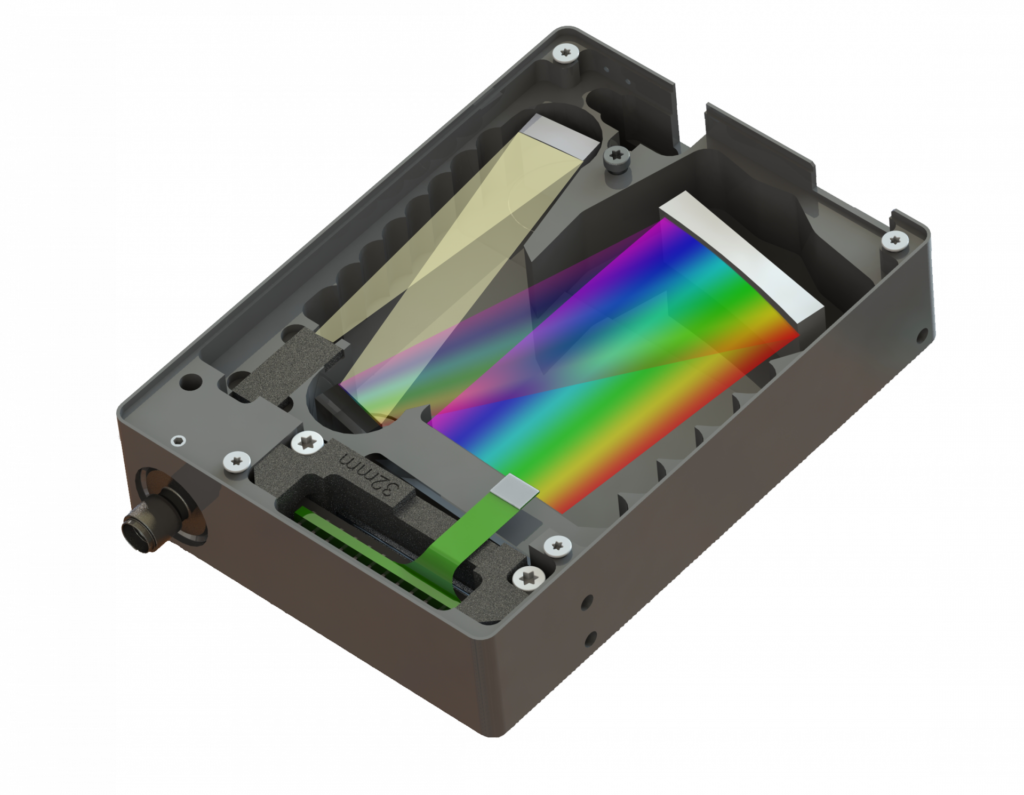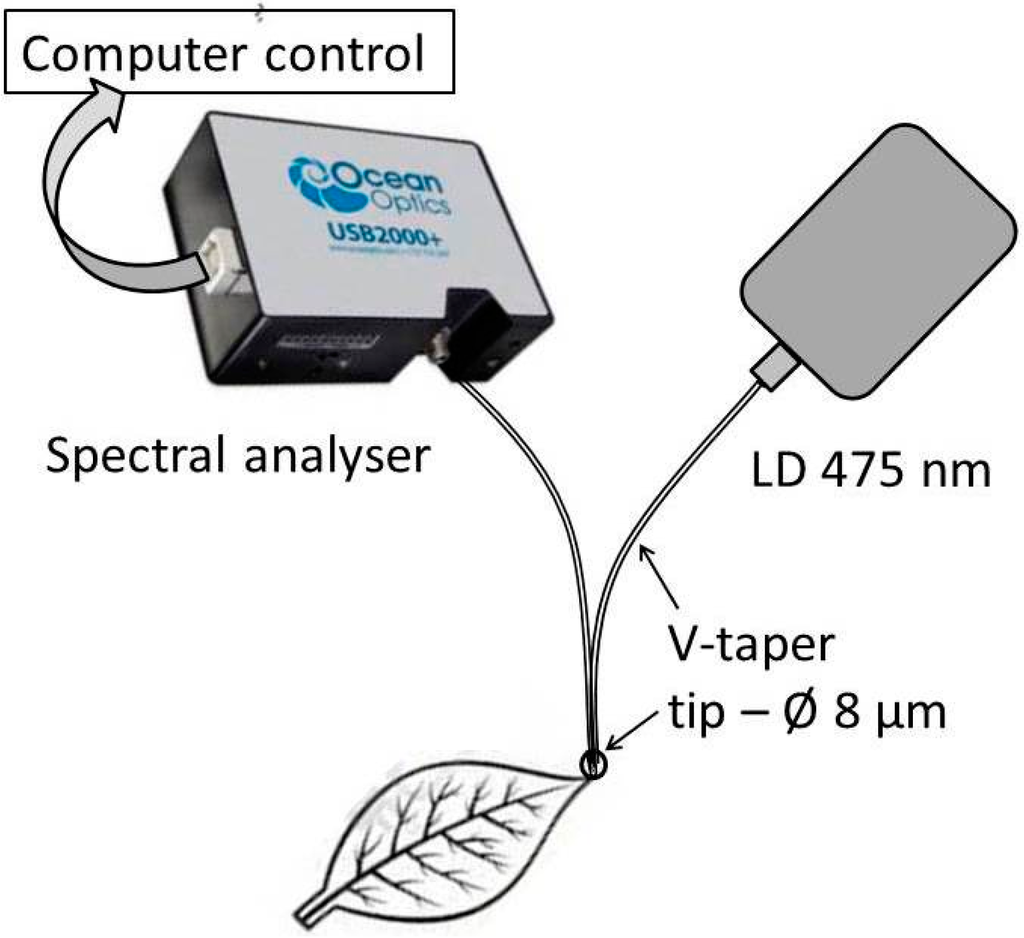Discover the Importance of an Optical Fibre Diameter Analyser for Precision Dimensions
The precision of optical Fibre dimensions is critical in the telecom sector, where even the least discrepancy in Diameter can lead to considerable signal destruction. An optical Fibre Diameter analyser functions as a crucial tool to make sure these measurements are constant and exact, thus improving overall system performance. Past the prompt advantages in top quality and reliability, the ramifications of these dimensions expand to regulatory compliance and the innovation of technology. As we consider the developing landscape of digital interaction, the function of these analysers in forming future criteria comes to be increasingly relevant. What lies ahead in this essential field?
Recognizing Optical Fibre Diameter
Comprehending the Diameter of optical fibres is essential for making sure ideal performance in information and telecommunications transmission applications. The Diameter straight influences the light-carrying capacity of the Fibre, affecting both signal stamina and quality. Optical fibres generally are available in 2 primary classifications: multi-mode and single-mode, each with distinct Diameter specifications. Single-mode fibers normally have a smaller core Diameter, around 8 to 10 micrometers, permitting the transmission of light signals over longer distances with marginal loss. On the other hand, multi-mode fibres include larger core sizes, usually between 50 to 62.5 micrometers, which promote higher transmission capacity over much shorter distances.
The precision of Diameter measurements is necessary, as even minute variants can lead to considerable discrepancies in efficiency. Variables such as producing resistances and environmental impacts can affect the Diameter, necessitating precise and consistent dimension techniques. Standardization in Diameter specs makes certain compatibility between different Fibre kinds and connectors, decreasing the danger of system failings. As telecoms modern technology remains to progress, the demand for dependable optical Fibre Diameter evaluation comes to be increasingly critical, highlighting the value of using innovative dimension tools and techniques to preserve top notch interaction networks.
Advantages of Accurate Dimensions
Precise measurements of optical Fibre Diameter are essential for optimizing network efficiency and integrity. The integrity of optical signals is directly affected by the harmony and precision of Fibre sizes, as discrepancies can cause increased attenuation and signal deterioration. By guaranteeing that the Diameter of optical fibers is constantly determined within specified resistances, operators can lessen losses and enhance total transmission high quality.
Additionally, exact Diameter assessments add to efficient Fibre splicing and connectorization. Mismatched diameters can cause bad combining effectiveness, leading to raised insertion losses. This precision is particularly crucial in high-speed networks, where also minor disparities can have considerable impacts on information transmission rates.
In enhancement, maintaining rigorous standards for optical Fibre measurements help in conformity with market laws, guaranteeing that items meet called for specs. optical fibre diameter analyser. This not just reinforces customer confidence however also enhances the online reputation of makers and service suppliers in the affordable telecom landscape
Eventually, the advantages of accurate dimensions expand beyond immediate performance gains; they foster lasting integrity and toughness of network facilities, leading the means for future improvements in optical communication technology.
Applications in Telecom
The applications of optical Fibre Diameter analysers in telecommunications are vital for guaranteeing ideal network efficiency and performance. optical fibre diameter analyser. These analysers helpful hints play a vital function in the manufacturing, installment, and maintenance of optical Fibre cords, where exact measurements of Fibre Diameter dramatically influence the overall efficiency of interaction systems
In telecoms, maintaining consistency in Fibre Diameter is crucial for lessening signal loss and maximizing transmission top quality. Variations in Diameter can bring about increased attenuation and decreased bandwidth, impacting data transmission rates. Optical Fibre Diameter analysers allow specialists to check and manage these dimensions throughout the production procedure, ensuring that the fibres fulfill stringent specs.
Furthermore, during installation and maintenance, these tools aid in verifying that the set up fibres comply with the required standards, hence stopping prospective failings in interaction framework. By utilizing optical Fibre Diameter analysers, telecommunications firms can enhance their service integrity and customer complete satisfaction.

Quality Assurance Specifications
In the world of optical Fibre manufacturing, my response adherence to high quality control criteria is paramount for guaranteeing the dependability and efficiency of interaction systems. The precision in optical Fibre Diameter is vital, as variants can dramatically impact signal stability and overall system effectiveness. Subsequently, manufacturers must execute rigid quality assurance actions throughout the manufacturing procedure.

In addition, routine calibration of measurement tools is important for maintaining precision and consistency in quality control procedures. By adhering to well-known quality assurance standards, suppliers not only boost the performance of their optical fibers but additionally guarantee consumer fulfillment and trust. This dedication to quality strengthens the affordable edge in a swiftly developing telecoms market, where reliability and performance are non-negotiable. Inevitably, robust quality assurance practices are essential to the success of optical Fibre manufacturing and the improvement of interaction technologies.
Future Trends in Measurement Modern Technology
As the demand for high-performance optical fibres intensifies, precision measurement tools will become increasingly essential. By incorporating real-time data and innovative sensing units analytics, producers will be able to check Fibre Diameter variants with extraordinary precision.
Furthermore, the incorporation of non-contact dimension strategies, such as laser triangulation and optical coherence tomography, will reduce the threat of contamination and physical damage to optical fibers throughout analysis. These developments guarantee to improve quality control procedures, making certain that only the most reliable products get to the market.
Sustainability will certainly likewise play an essential function in future measurement modern technology. Energy-efficient systems and recyclable materials will be focused on, straightening with global environmental standards. Furthermore, the fostering of Sector 4.0 principles will certainly help with smooth combination of dimension innovation within wise manufacturing communities, enabling constant improvement and quick advancement.
Conclusion
In final thought, the optical Fibre Diameter analyser serves as an essential tool for making certain precision in telecommunications. These analysers not only support top quality control criteria yet likewise foster customer confidence in optical Fibre technologies.
The accuracy of optical Fibre dimensions is vital in the telecom field, where even the slightest deviation in Diameter can lead to significant signal deterioration. An optical Fibre Diameter analyser offers as a crucial device to make certain these dimensions are constant and precise, thus enhancing overall system performance. As that site telecoms technology continues to evolve, the need for dependable optical Fibre Diameter evaluation ends up being increasingly paramount, highlighting the value of utilizing sophisticated dimension devices and methodologies to preserve top notch interaction networks.
Exact measurements of optical Fibre Diameter are essential for optimizing network efficiency and integrity. Optical Fibre Diameter analysers enable service technicians to monitor and manage these dimensions throughout the manufacturing procedure, guaranteeing that the fibres fulfill strict requirements.